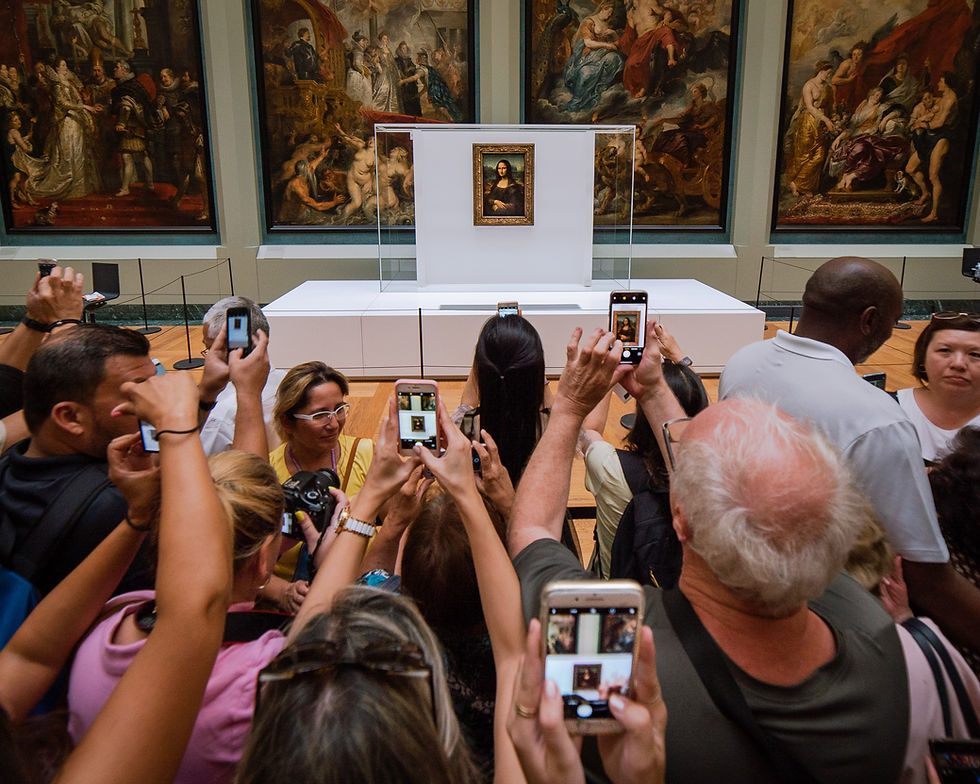The Metaverse, and the hyperconvergence of the physical and digital worlds, will increase the global demand for digital, as opposed to physical goods. On face value, this makes complete sense. As we begin to spend more time in virtual worlds, we will have a need, or feel a desire, to collect virtual objects, just like we do in the physical world. But it makes much more sense if we take a look at the role of digital assets in one of the key forces driving Metaverse development, computer games.
Throughout the 1980s, RPGs, or role playing games, ruled. The genre thrived, and subsequently became the inspirational foundations of almost every RPG title we enjoy today, as well as the biggest and most enduring RPG franchises. These include the Final Fantasy, Assassin’s Creed, The Legend of Zelda, Dragon’s Quest, and Eldar Scrolls franchises. A key component of the RPG genre is the ability to enhance you characters abilities and characteristics through collectable items, but generally through weaponry, armour and magical items that you come across as you explore the game’s world. While there are thousands of iconic items to choose from examples include: the powerful Savage Lynel Sword in The Legend of Zelda: Breath of the Wild, which can only be obtained by defeating a Silver-maned Lynel, one of the deadliest opponents in the game; and the Gauldur Amulet in The Elder Scrolls V: Skyrim, which enhances the players health, stamina and magic stats, and can be forged from three shards collected from three powerful enemies.
All these digital items or objects hold value and, just like in the physical world, the value of these digital assets is intrinsically linked to their scarcity and/or the amount of work required to obtain them. This is where NFTs come in. NFTs have been around for a few years, but 2021 was the year they exploded into the public consciousness. NFT stands for non-fungible token, where “non-fungible” means something is one of a kind and cannot be replaced. There’s an somewhat understandable degree of scepticism around NFT’s and the concept of their “fungibility”, or the degree to which a digital asset can be interchanged with other individual goods or assets of the same type. Back in May, Elon Musk changed his Twitter profile picture to a collage of Bored Ape Yacht Club NFTs along with the caption “I dunno…seems kinda fungible.” The Bored Ape Yacht Club is the ground zero of NFT "collectables". Comprising tens of thousands of computer generated cartoon images, the Bored Ape NFTs double as Yacht Club membership cards, granting access and members-only benefits to NFT owners. To fans Bored Ape NFTs are a status symbol, a key to an exclusive “swamp club for apes”, where ordinary folk can rub shoulders with the rich and famous, including Brazilian footballer Neymar, tennis legend Serena Williams, US talk show host Jimmy Fallon, and Madonna.
The point Musk was trying to make in creating a collage of Bored Ape Yacht Club NFTs is a common critique that anyone can just copy or screenshot an NFT online and save it without buying it. The counter argument to this it that, just like taking a photo of a physical object, perhaps a famous painting, in the physical world, taking a screenshot of an NFT doesn’t confer ownership.
While NFTs themselves, the blockchain technology that is used to record ownership, or the cryptocurrency used to purchase NFTs, aren’t fundamental to realising a persistent, hyper-realistic, immersive, virtual world, they will provide the ability to purchase, certify and track ownership of digital assets in the Metaverse. This will be of utmost importance to those who own a one of a kind pair of virtual Nike Air Jordans, or the virtual DeLorean DMC-12, that's also a time machine. So, what are we bid for a used, slightly worn Savage Lynel Sword? Anyone?
Please leave a comment below!

Mika Baumeister/Unsplash

Comentários